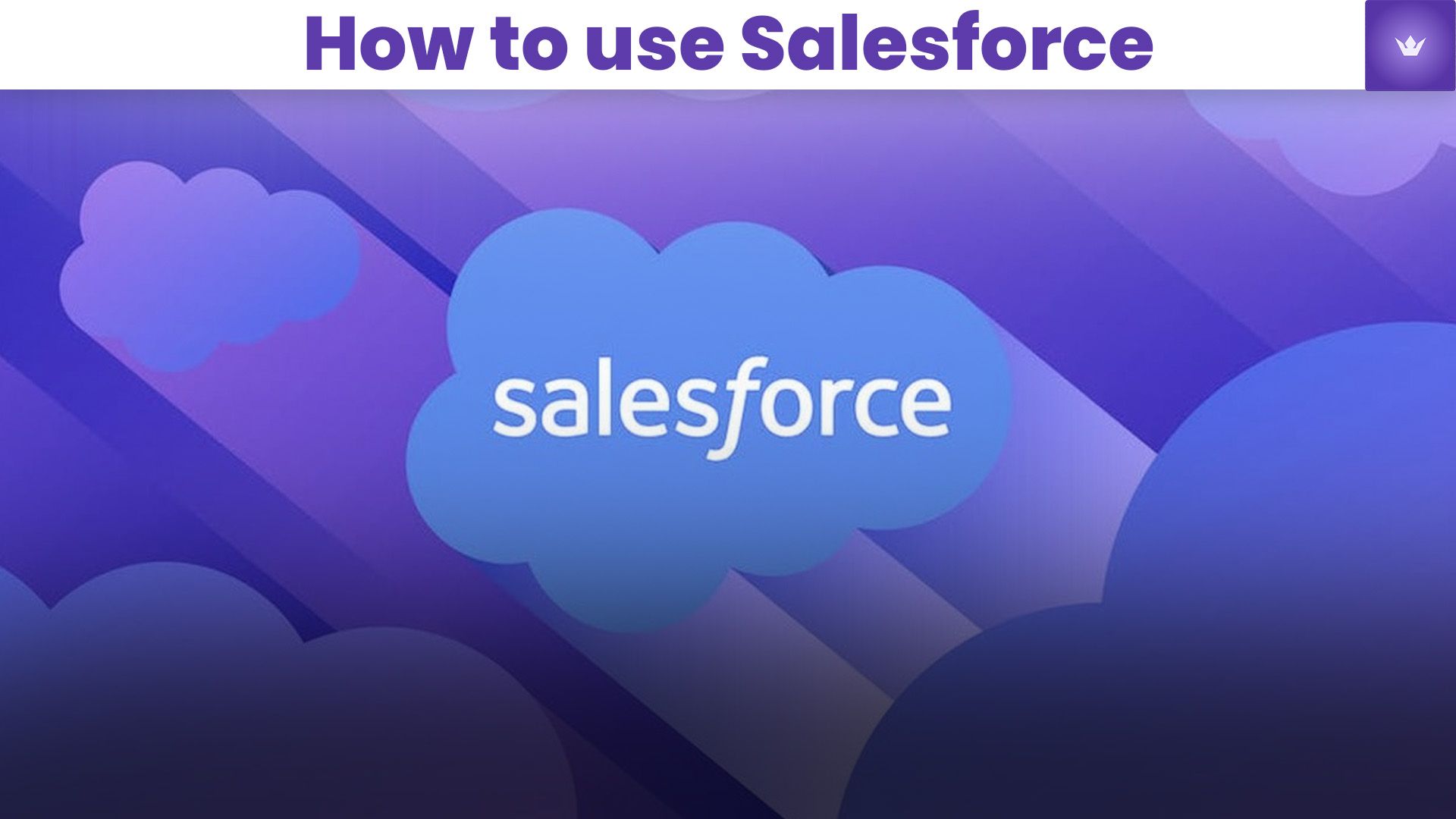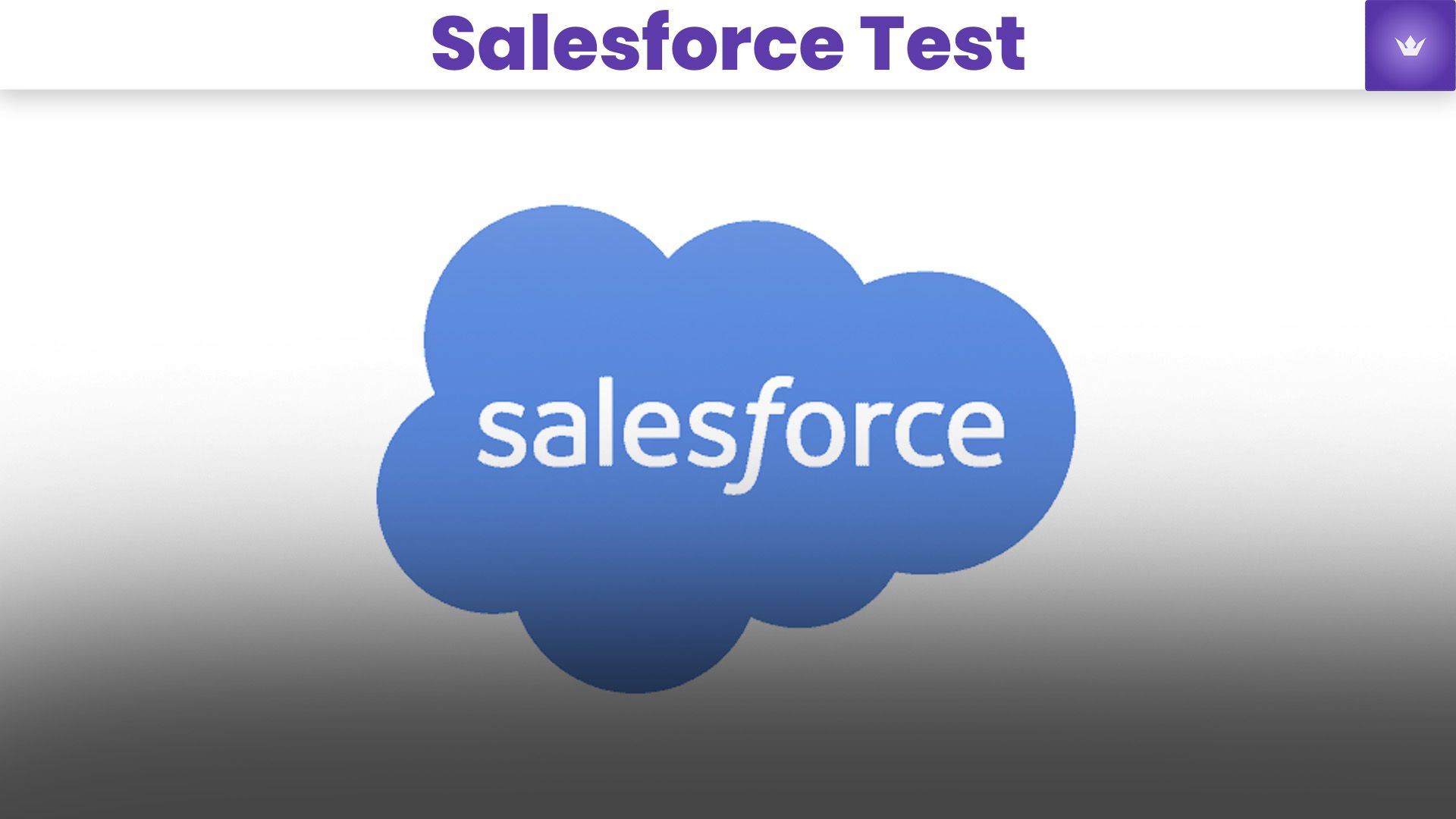Table of Contents
- Introduction to Salesforce in 2025
- Getting Started with Salesforce
- Key Features and Modules of Salesforce
- Customizing Salesforce for Your Business
- Integrating Salesforce with Other Tools
- Best Practices for Salesforce Implementation
- Conclusion
- FAQ
Introduction to Salesforce in 2025
In 2025, Salesforce continues to be the leading customer relationship management (CRM) platform, revolutionizing how businesses interact with their customers and manage their sales processes. As we delve into how to use Salesforce effectively, it's crucial to understand that this powerful tool has evolved significantly, incorporating advanced AI capabilities, enhanced customization options, and seamless integrations with a wide array of business applications.
Salesforce has become more than just a CRM; it's now a comprehensive business solution that touches every aspect of customer engagement, from marketing and sales to customer service and analytics. With its cloud-based architecture, Salesforce offers unparalleled flexibility and scalability, making it suitable for businesses of all sizes across various industries. Key Info: According to recent statistics, over 85% of Fortune 500 companies use Salesforce in some capacity, showcasing its widespread adoption and effectiveness in driving business growth. Let's explore how you can harness the power of Salesforce to transform your business operations and customer relationships in 2025.

Getting Started with Salesforce
To begin using Salesforce effectively, follow these essential steps:
-
Sign up for an account: Visit the official Salesforce website and choose the appropriate edition for your business needs. Salesforce offers various options, from small business solutions to enterprise-level packages.
-
Set up your organization: Once you've logged in, start by setting up your company profile, including basic information and user roles.
-
Import your data: Utilize Salesforce's data import wizards to bring in your existing customer information, leads, and other relevant data.
-
Customize your dashboard: Tailor your Salesforce dashboard to display the most critical information for your role and business objectives.
-
Explore the AppExchange: Discover and install additional apps and integrations from Salesforce's vast ecosystem to extend functionality.
Understanding Salesforce Editions
Before diving deeper, it's essential to understand the different Salesforce editions available in 2025:
| Edition | Best For | Key Features |
|---|---|---|
| Essentials | Small businesses | Basic CRM functionality, up to 10 users |
| Professional | Growing businesses | Customizable sales and marketing tools |
| Enterprise | Large organizations | Advanced automation and analytics |
| Unlimited | Global enterprises | Unlimited customization and support |
Choose the edition that aligns with your business size, complexity, and growth plans.
Key Features and Modules of Salesforce
Salesforce offers a comprehensive suite of features and modules designed to streamline various aspects of business operations. Here's an overview of the core components:
Sales Cloud
The Sales Cloud is the heart of Salesforce's CRM functionality. It helps manage leads, opportunities, and customer accounts efficiently. Key features include:
- Lead management and scoring
- Opportunity tracking
- Account and contact management
- Sales forecasting and analytics
Service Cloud
Service Cloud focuses on enhancing customer support and service operations. It includes:
- Case management
- Knowledge base creation and management
- Omni-channel routing for customer inquiries
- AI-powered chatbots for instant customer support
Marketing Cloud
Marketing Cloud empowers businesses to create and manage marketing campaigns across various channels. Notable features are:
- Email marketing automation
- Social media management
- Customer journey mapping
- Personalized content creation and delivery
Commerce Cloud
For businesses engaged in e-commerce, Commerce Cloud offers:
- Customizable online storefronts
- Order management systems
- AI-driven product recommendations
- Mobile-first shopping experiences
Einstein AI
Integrated across all Salesforce modules, Einstein AI provides:
- Predictive lead scoring
- Automated data entry and enrichment
- Intelligent chatbots for customer service
- Advanced analytics and insights
Understanding these core modules is crucial in learning how to use Salesforce effectively for your specific business needs.

Customizing Salesforce for Your Business
One of Salesforce's greatest strengths is its customizability. Here's how you can tailor the platform to fit your unique business processes:
Custom Fields and Objects
Create custom fields and objects to capture and organize data specific to your industry or business model. This allows you to track information that isn't covered by standard Salesforce objects.
Page Layouts
Customize page layouts to ensure that users see the most relevant information for their roles. This improves efficiency and user adoption.
Automation with Process Builder and Flow
Utilize Salesforce's point-and-click automation tools to create complex business processes without coding. This can include automatic email notifications, record updates, and task creation based on specific triggers.
Custom Reports and Dashboards
Build custom reports and dashboards to gain insights into your business performance. Salesforce's reporting tools allow you to visualize data in various formats, making it easier to identify trends and make informed decisions. Pro Tip: Always document your customizations and maintain a change log. This practice helps in troubleshooting and ensures smooth updates in the future.
Integrating Salesforce with Other Tools
To maximize the value of Salesforce, integrating it with other business tools is crucial. Here are some popular integrations and how to implement them:
-
Email Integration: Connect Salesforce with email providers like Gmail or Outlook to sync emails, contacts, and calendar events automatically.
-
Marketing Automation: Integrate with tools like Marketo or Pardot to align your marketing and sales efforts seamlessly.
-
ERP Systems: Connect Salesforce with ERP systems like SAP or Oracle to maintain consistency across financial and customer data.
-
Document Management: Integrate with services like Google Drive or Dropbox for efficient document storage and sharing within Salesforce.
-
Communication Tools: Link Salesforce with platforms like Slack or Microsoft Teams to enhance collaboration and keep everyone updated on customer interactions.
To implement these integrations, you can often use pre-built connectors available on the Salesforce AppExchange. For more complex or custom integrations, Salesforce provides APIs and development tools to create tailored solutions.
Here's a helpful video guide on Salesforce integration best practices:
<iframe width="560" height="315" src="https://www.youtube.com/embed/6TnulRFVZ9k" frameborder="0" allow="accelerometer; autoplay; clipboard-write; encrypted-media; gyroscope; picture-in-picture" allowfullscreen></iframe>Best Practices for Salesforce Implementation
To ensure successful adoption and maximize the benefits of Salesforce, consider these best practices:
-
Provide Comprehensive Training: Invest in thorough training for all users. This includes initial onboarding and ongoing education as new features are released.
-
Establish Clear Processes: Define and document clear processes for using Salesforce within your organization. This ensures consistency and helps in measuring effectiveness.
-
Regular Data Cleaning: Implement a regular data cleaning routine to maintain data quality. This includes deduplication, standardization, and archiving outdated information.
-
Utilize Salesforce Communities: Leverage Salesforce Communities to collaborate with partners, customers, and employees, extending the value of your CRM beyond internal use.
-
Implement Strong Security Measures: Take advantage of Salesforce's robust security features, including two-factor authentication, IP restrictions, and field-level security.
-
Continuous Optimization: Regularly review and optimize your Salesforce implementation. This includes gathering user feedback, analyzing usage patterns, and staying updated with new Salesforce releases.
By following these practices, you'll be well on your way to mastering how to use Salesforce effectively and driving significant value for your business.
Conclusion
Mastering how to use Salesforce in 2025 is a journey that requires ongoing learning and adaptation. From understanding its core features to customizing the platform for your specific needs and integrating it with your existing tech stack, Salesforce offers immense potential to transform your business operations.
Remember, the key to success with Salesforce lies in continuous improvement and leveraging its vast ecosystem of features and integrations. By following the best practices outlined in this guide and staying attuned to the evolving capabilities of the platform, you'll be well-equipped to harness the full power of Salesforce and drive your business forward.
Take the next step in your Salesforce journey today. Whether you're just getting started or looking to optimize your existing implementation, there's always room to grow and improve with Salesforce.
FAQ
Q1: How long does it typically take to implement Salesforce?
A: The implementation time can vary widely depending on the complexity of your business and the extent of customization required. For small businesses with straightforward needs, it can take as little as a few weeks. For larger enterprises with complex integrations and customizations, it might take several months. On average, most businesses can expect a basic implementation to take 2-4 months.
Q2: Can Salesforce be used for industries other than sales?
A: Absolutely! While Salesforce started as a sales-focused CRM, it has evolved into a versatile platform suitable for various industries. It offers industry-specific solutions for healthcare, financial services, education, nonprofit organizations, and many others. The platform's flexibility allows it to be customized for almost any business need.
Q3: How does Salesforce ensure data security?
A: Salesforce takes data security very seriously. It employs multiple layers of protection, including:
- Data encryption at rest and in transit
- Multi-factor authentication
- Regular security audits and compliance certifications
- Role-based access controls
- Monitoring and alerting systems for potential security threats
Additionally, Salesforce provides tools and best practices for customers to enhance their own security measures within the platform.
Q4: What kind of support does Salesforce offer?
A: Salesforce offers various levels of support depending on your edition and needs. This includes:
- Basic support with access to online resources and community forums
- Standard support with 24/7 phone support for critical issues
- Premier support with faster response times and dedicated support resources
- Signature support for enterprise customers with proactive monitoring and guidance
Q5: How often does Salesforce release updates?
A: Salesforce typically releases major updates three times a year - Spring, Summer, and Winter. These updates bring new features, improvements, and bug fixes. Additionally, minor updates and patches are released regularly. Customers have the option to preview these updates in sandbox environments before they are applied to production instances.
Q6: Can I use Salesforce offline?
A: Yes, Salesforce offers offline capabilities through its Salesforce Mobile app. Users can access and update records, create new entries, and perform various tasks without an internet connection. Once the device reconnects to the internet, the data synchronizes automatically with the Salesforce server.

